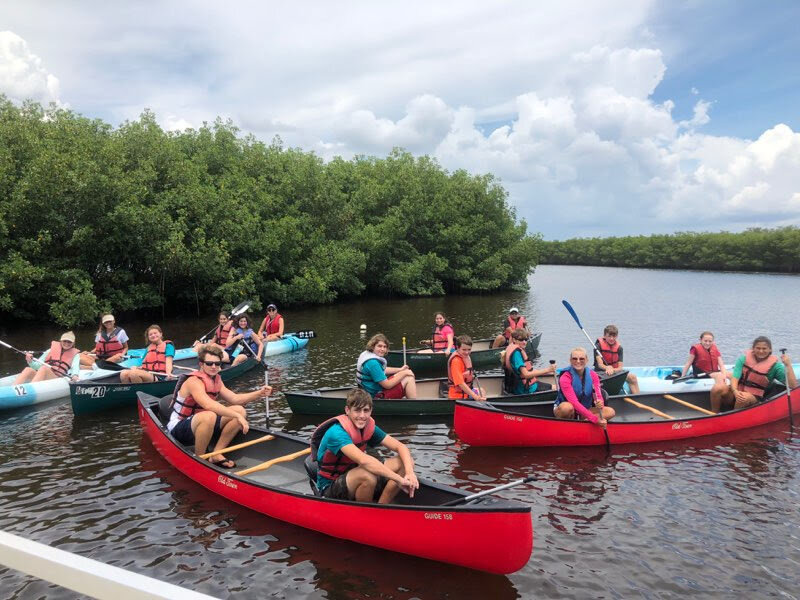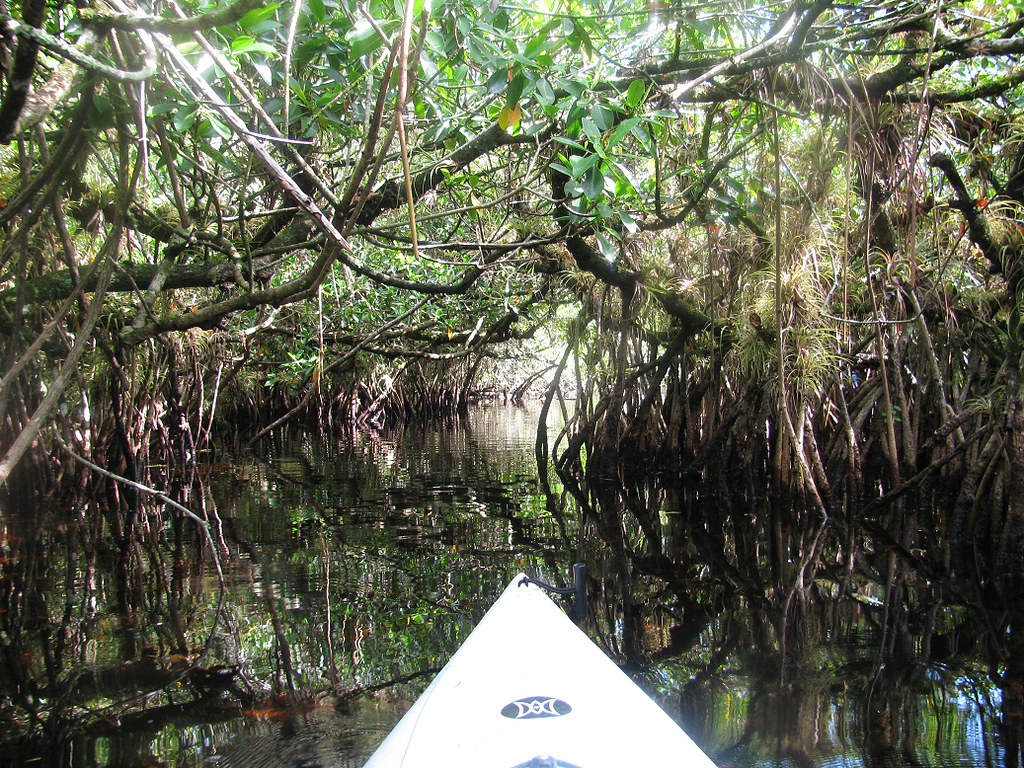Visitors from all over the world come to Pinellas County to bask on its beautiful beaches.
But Pat DePlasco and Stephanie Lawler-Ellington want them to look beyond the white sand and sparkling waters to learn more about what makes the county really special. “Most visitors focus on the coastline, but we’d like them to know that there’s so much more to Pinellas County,” said Lawler-Ellington, program director for Keep Pinellas Beautiful (KPB), which is launching its first-ever education campaign targeting visitors rather than residents.
As details are finalized, the Hospitality Partnership Program is likely to become a prototype for counties across the state where tourism is typically centered on a single feature. “We’re already getting interest from other (Keep America Beautiful) affiliates, and once we’ve worked out the specifics, we’ll share the program with them,” said DePlasco, KPB’s executive director.
Funded with a grant from the Florida Department of Transportation and the Tampa Bay Regional Planning Council, KPB is working with local hotels and restaurants, Visit St. Pete/Clearwater, multiple ecotourism venues, the University of Florida environmental studies, and hospitality students at the University of South Florida.
“We originally started thinking that we’d help set up clean-ups as part of conventions, family reunions or weddings to bring a service aspect to their trips. The plan was to ask our visitors to share a small part of the responsibility for our space, and then hopefully to take that respect back to their own communities,” Lawler-Ellington said.
Working with hotel staff, that effort has since expanded to providing information on protecting turtle nests and reducing single-use plastics that can be branded by each hotel and shared with guests.
Rather than just clean-ups, KPB is helping to set up ecotours at venues like Get Up and Go’s kayak trips to Shell Key, Clam Bayou Nature Preserve, Crescent Lake, and mural walks in St. Petersburg’s Edge district.
“People can see the visible impact of trash in these places of culture and natural beauty,” Lawler-Ellington adds. “The murals aren’t in the most beautiful spaces because they tend to be in alleys with dumpsters, but litter can be controlled. And with Shell Key so close to Tierra Verde, people can see how humans impact healthy ecosystems.”
Tours of Clam Bayou, a 170-acre nature preserve between St. Petersburg and Gulfport, highlight how a nature preserve that attracts hikers, bikers, and kayakers also collects litter and filters stormwater from a 2,600-acre watershed. At Crescent Lake, a neighborhood association is restoring the centerpiece of their community and showing how residents can connect with nature in an urban setting.
The long-term goal is to create a series of incentives for hotel visitors to step off the beaten path to the beach and explore the natural areas in Pinellas County. Part of that effort will include working with ecotour vendors to incorporate messages about litter in their own business practices. KPB expects to expand those ecotours and help build partnerships between vendors, community organizations and participating beachfront hotels, Lawler-Ellington said.
Still Recruiting Hotels
Three hotels signed up for the program before summer visitors began filling hotel beds — the Wyndham Grand in Clearwater, TradeWinds Island Resort in St. Pete Beach and Legacy Vacation Resorts in Indian Rocks Beach. With schools back in session, KBP is working with Visit St. Pete/Clearwater to recruit more participants. “We’re at a point where they’re open to conversations again,” Lawler-Ellington said.
Along with programs for guests, KPB is helping to create team-building exercises that focus on litter and ecotours for staff and encourage them to participate in “Adopt a Beach” programs near their properties.
“We’re always searching for ways to engage more people,” said DePlasco. “We’ll reach out any way we can.”


